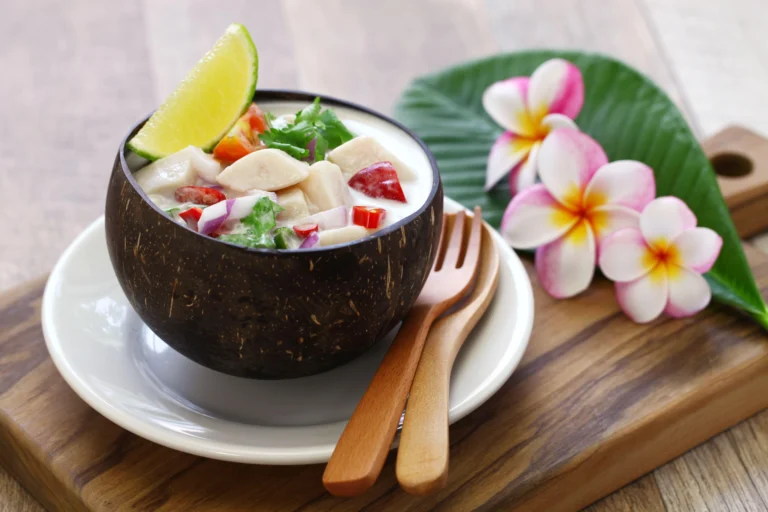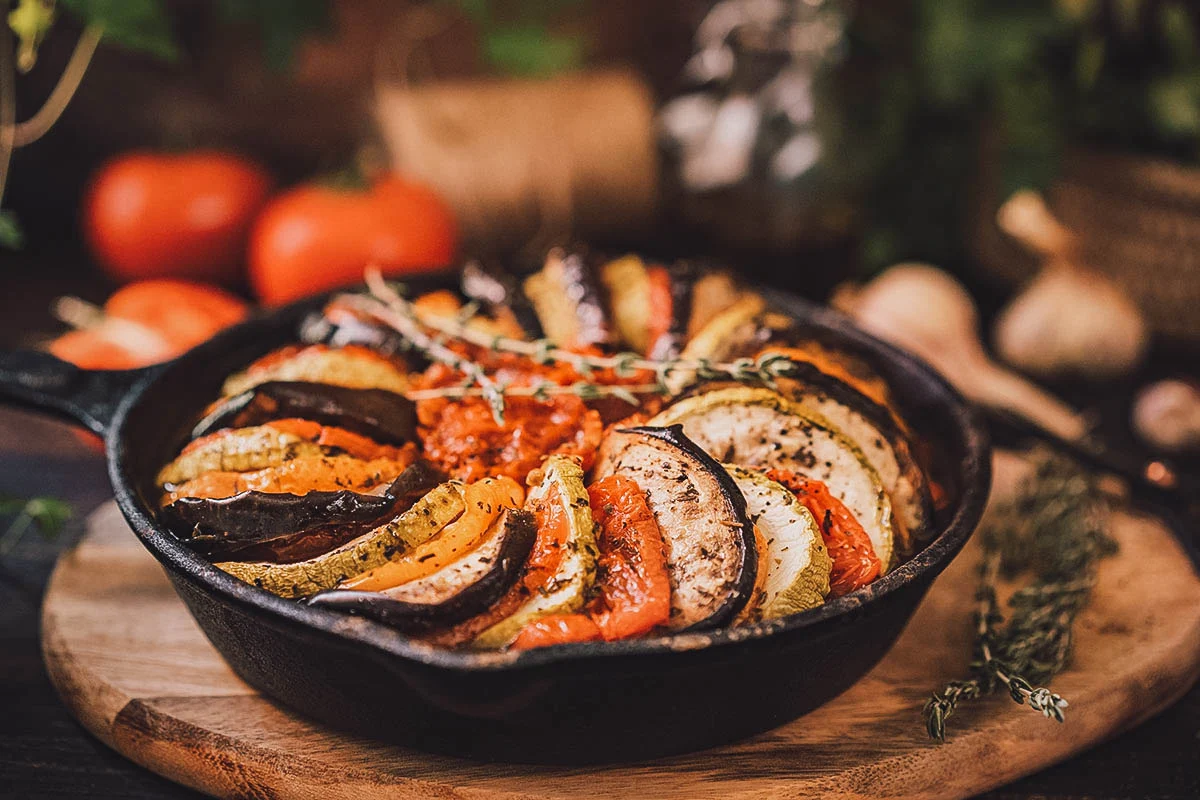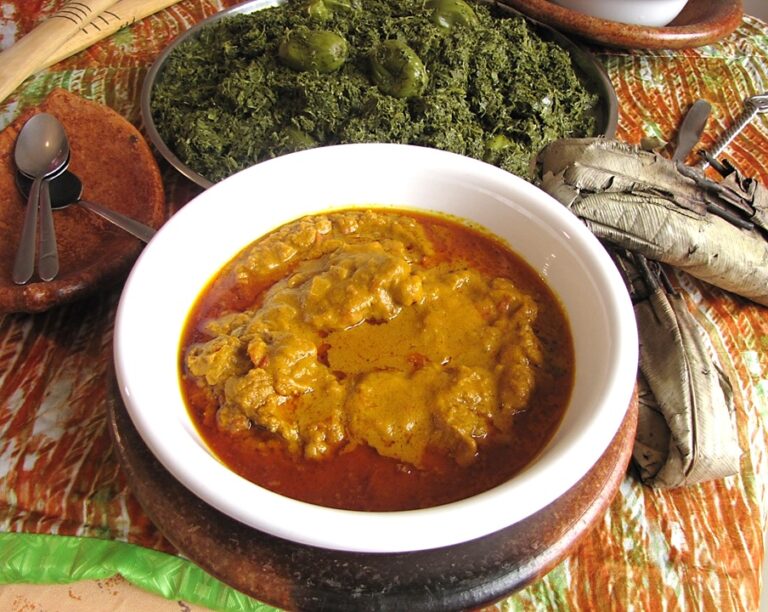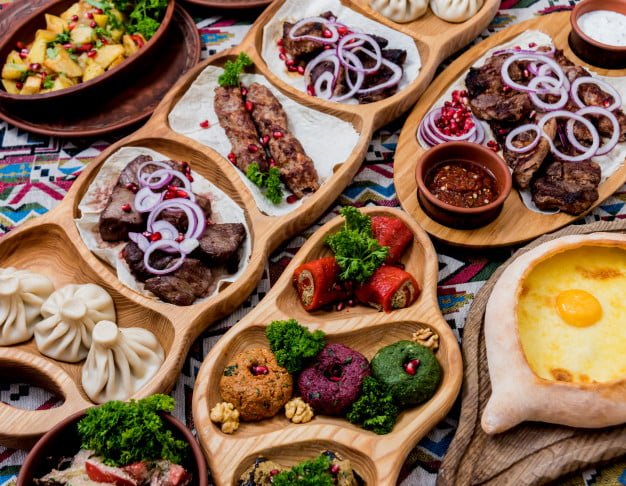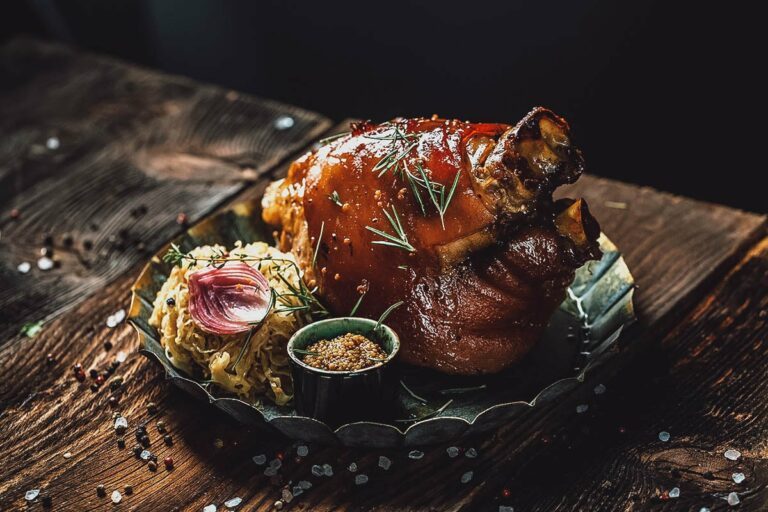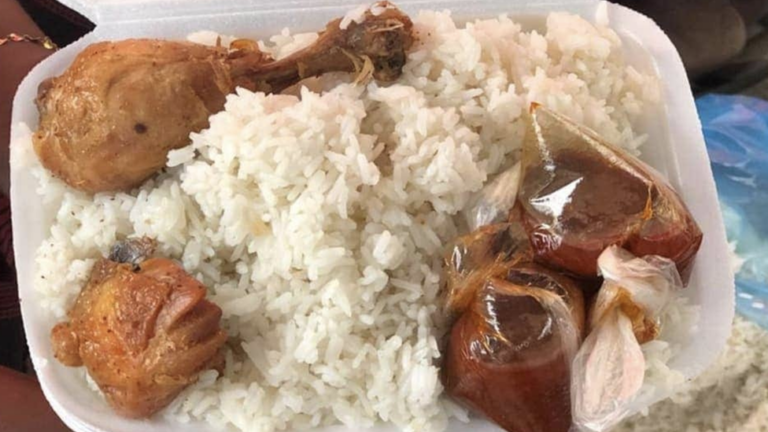Introduction: French Cuisine in Your Area
If you are a fan of French cuisine, chances are that you are always on the lookout for good French restaurants or street food stalls in your area. Whether you are planning a romantic dinner or just want to grab a quick bite, there are several ways to find French eateries near you.
French cuisine is known for its rich flavors, elegant presentation, and sophisticated techniques. From buttery croissants to hearty stews, French food has something to offer for every palate. So, if you want to indulge in a culinary adventure, here are some tips on how to find French restaurants or street food stalls in your area.
Researching French Restaurants
The first step in finding French restaurants in your area is to do some research. You can start by using search engines like Google or Yelp to look for French restaurants in your city or neighborhood. You can also use restaurant review websites like Tripadvisor or Zomato to read reviews and ratings of French restaurants in your area.
Another way to find French restaurants is to ask for recommendations from friends, family, or colleagues who are familiar with the local food scene. You can also check out food blogs or foodie websites that specialize in French cuisine for inspiration.
Using Social Media to Find French Eateries
Social media platforms like Facebook, Instagram, and Twitter can be a great resource for finding French eateries in your area. Many French restaurants or street food stalls have their own social media accounts where they post their menus, specials, and updates. By following them on social media, you can stay up-to-date on their latest offerings and events.
You can also search for hashtags like #frenchfood or #frenchcuisine to discover French restaurants or street food stalls in your area. Additionally, you can join local food groups or forums on social media to connect with other foodies and get recommendations for French eateries in your neighborhood.
Checking Online Listings and Reviews
Online listings and reviews can be a handy tool for finding French eateries in your area. Websites like OpenTable, Yelp, and Tripadvisor allow you to search for French restaurants based on their location, price range, and cuisine type. You can also read reviews and ratings from other diners to get an idea of the quality and service of the restaurant.
When checking reviews, make sure to read both positive and negative feedback to get a balanced perspective. Look for comments on the quality of the food, the ambiance, and the service to help you make an informed decision.
Finding French Street Food Stalls
French street food has become increasingly popular in recent years, and you can find a variety of French-inspired food trucks, carts, and pop-ups in many cities around the world. To find French street food stalls in your area, you can check out local food festivals, farmers’ markets, or food truck events.
You can also use food truck locator apps like Roaming Hunger or Street Food Finder to track down French street food stalls in your city. These apps provide real-time location updates and menus of food trucks and street food vendors in your area.
Enjoying Authentic French Cuisine in Your Neighborhood
Once you have identified some French restaurants or street food stalls in your area, it’s time to enjoy their authentic cuisine. Whether you prefer classic French dishes like coq au vin, bouillabaisse, or ratatouille, or more modern interpretations of French cuisine, there’s something for everyone.
When visiting French restaurants, don’t be afraid to ask your server for recommendations or to explain unfamiliar dishes. French cuisine can be complex, but it’s also a great opportunity to try new flavors and techniques.
In conclusion, finding French restaurants or street food stalls in your area can be a fun and exciting way to explore the world of French cuisine. By using the tips outlined above, you can discover new French eateries, connect with other foodies, and satisfy your cravings for delicious French food. Bon appétit!





